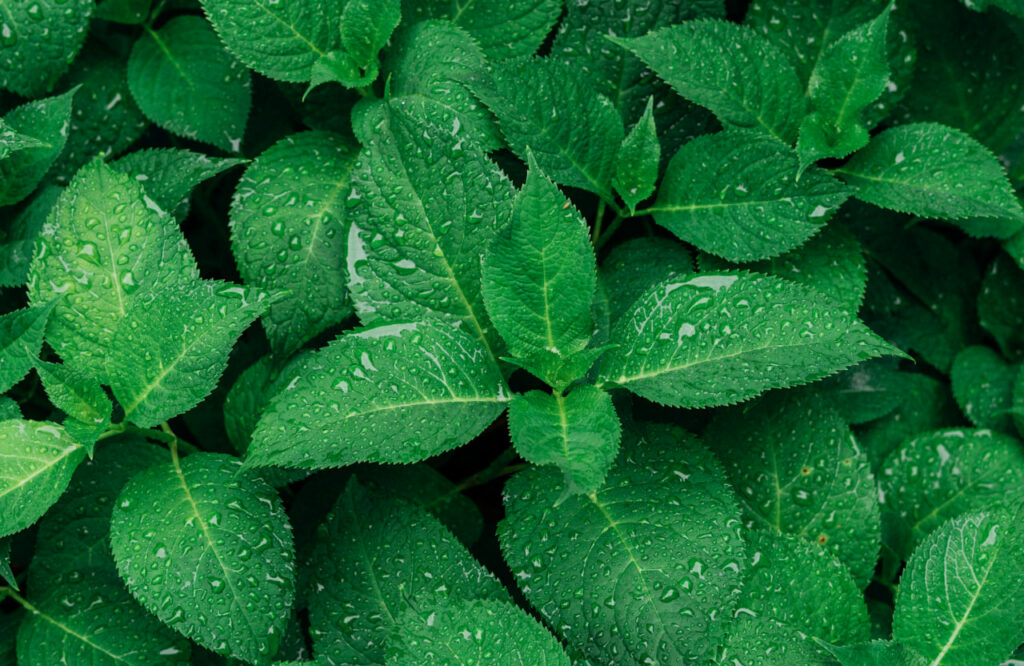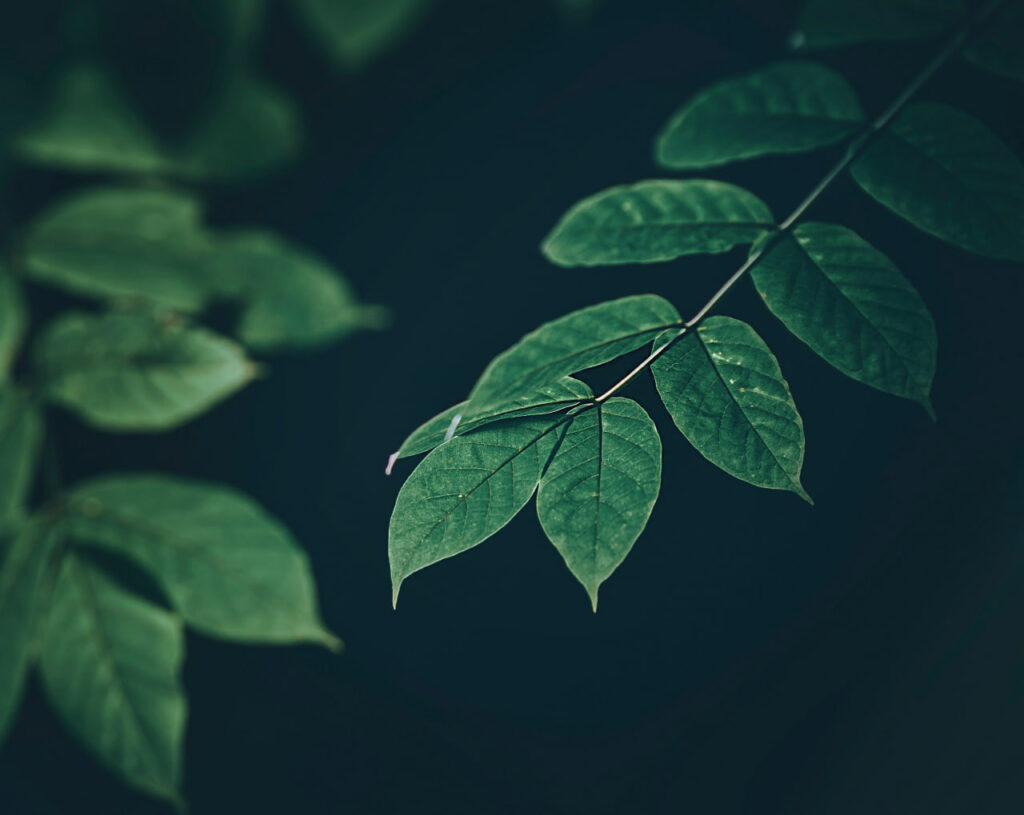Summary
Wondering if can goldfish eat leaf is a valid query? You’re not alone! Many aquarium enthusiasts ponder the same thing. As it turns out, goldfish can indeed nibble on certain leaves, and it can be beneficial for them. However, it’s essential to know which ones are safe. Dive in to find out more about the greens your golden friends can munch on, and which ones to steer clear from.
The Natural Diet of Goldfish
So, can goldfish eat leaf?
Absolutely! In their natural habitats, goldfish often graze on various aquatic plants, and leaves are a part of their diet. But remember, not all leaves are created equal.

Do Goldfish Eat Plants?
When you first introduce a goldfish into its new aquatic home, one of the things that might surprise you is its behavior around plants. You might be wondering, “Do goldfish eat plants?” Well, let’s dive into that.
In the wild, goldfish are natural foragers. They’re constantly on the move, sifting through the substrate and munching on whatever edible bits they can find, including plant material. Yes, that’s right! Goldfish do have a penchant for nibbling on plants. But before you worry about your precious aquarium plants, let’s understand why they do this.
Firstly, goldfish are omnivores. This means they eat both plant-based and animal-based foods. While they love feasting on insects, crustaceans, and even small fishes, they also relish the soft parts of plants. Plants provide them with essential nutrients and fibers that aid digestion.
However, this doesn’t mean your aquatic plants are all up for goldfish buffet. Goldfish tend to be more attracted to soft, leafy plants rather than tougher ones. Plants like Anacharis, Hornwort, or Duckweed can often find themselves on the goldfish’s menu. If you’re a hobbyist keen on preserving the green aesthetic of your tank, you might want to opt for harder plants or those less appetizing to your finned friend.
But here’s a thought: If you find your goldfish constantly tearing into your plants, it might be a sign. Maybe they’re not getting a varied enough diet or are simply bored. Try introducing some goldfish-friendly snacks, toys, or even rearranging your tank setup occasionally.
To sum it up, while goldfish are not strictly vegetarian, they do have an inclination towards plant matter. A bit of occasional plant munching is entirely natural. But, if you’re looking to strike a balance between a healthy goldfish and a lush green tank, understanding their diet and providing ample distractions is the key!

Safe Leaves for Goldfish
There are several leaf types that goldfish can safely eat:
- Lettuce: Romaine and green leaf lettuce are great choices. They’re packed with nutrients and easy for your goldfish to digest.
- Spinach: Rich in iron and other essential nutrients, spinach is another suitable leafy green.
- Water lettuce: As the name suggests, this aquatic plant is entirely safe for goldfish consumption.
It’s essential, though, to always wash the leaves thoroughly before offering them to your fish.
What About Grass?
Touching on the query – can goldfish eat grass?
Well, while goldfish do enjoy munching on aquatic plants, regular grass from your backyard might not be the ideal snack. Although it isn’t necessarily toxic, it’s tougher to digest and might not offer the right nutrients.
Of course! Here’s a section on “Do Goldfish Like Grass?” with a human touch:
Do Goldfish Like Grass?
A stroll through the pet aisle, a look at a fellow aquarist’s tank setup, or a ponder upon a pond’s edges might bring up an intriguing question: “Do goldfish like grass?” It’s an interesting query, isn’t it? Let’s break it down.
Goldfish, being the curious creatures they are, certainly won’t shy away from exploring any plant-like structure in their habitat. And that includes the underwater grass or grass-like plants. These add a certain texture and depth to their environment, giving them more niches to swim around, hide, and play.
But when it comes to munching, here’s where the distinction lies. While goldfish are known to graze on softer aquatic plants and leaves, terrestrial grass – like the kind from your lawn – isn’t exactly their cup of tea. True, they might nibble out of curiosity or even boredom, but regular grass isn’t something they’d typically relish.
However, in the vast family of aquatic plants, there are grass-like options that goldfish might appreciate. Think of plants like Vallisneria or Eelgrass. These can be a part of their underwater playground, and goldfish might occasionally graze on them, especially if they’re feeling peckish.
But a word of caution for enthusiastic tank designers: if you’re introducing any grass or grass-like plant in the aquarium, be ready for some nibbling action. Goldfish, especially when they’re young or when their regular diet isn’t varied enough, can sometimes go overboard.
In summary, while terrestrial grass isn’t a favorite snack, goldfish do show interest in underwater grassy plants both as a part of their environment and, sometimes, as a snack. Like any pet owner, it’s all about understanding their preferences and ensuring they have a balanced, nutritious diet that caters to their omnivorous nature.

Do Goldfish Like Leaves?
One of the common dilemmas for aquarium enthusiasts is determining what’s on the goldfish’s favorite menu. While we’ve established that they have an affinity for plants, there’s another related question that pops up – “Do goldfish like leaves?”
The simple answer is: Yes, they do!
Goldfish in their natural habitat often come across various leaves, both submerged and those that fall into the water from overhanging trees and plants. These leaves not only become a part of their playground but also sometimes turn into a tasty treat.
However, it’s worth noting that not all leaves are goldfish-approved. Goldfish are particularly drawn to softer, decomposing leaves that are easier to nibble on and digest. Fresh leaves might not attract them as much, but give it some time, and as the leaf starts breaking down in the water, don’t be surprised to find your goldfish giving it a taste test!
But what about leaves as food supplements in captivity? Aquarists have found that certain leaves, like lettuce, spinach, or even kale, can be a healthy addition to their goldfish’s diet when prepared right. Blanched to soften them up and then introduced into the tank, these leaves can be a source of essential nutrients and offer variety to their diet.
But remember, just because they like leaves doesn’t mean it should be an all-you-can-eat buffet. Moderation is the key. Too many leaves can mess up the water quality and potentially upset the goldfish’s digestive system.
In conclusion, while goldfish do have a soft spot for leaves, it’s crucial to understand which ones and how often they can be introduced to their diet. Observing your goldfish’s behavior can also give you hints about their preferences, making your journey as an aquarist all the more fascinating!

Preparing Leaves for Your Goldfish
Don’t just toss any leaf into the tank. Here’s how to make it perfect:
- Blanching: Soften the leaves by dipping them in boiling water for a minute. It makes it easier for the goldfish to nibble.
- Portioning: Offer small bits at a time to ensure they don’t go to waste.
- Observation: Keep an eye on your goldfish when introducing new leaves. Ensure they’re not having difficulty consuming or digesting them.
Potential Risks
While the concept of can goldfish eat leaf is mainly positive, there are potential risks:
- Pesticides and Chemicals: Always ensure the leaves are free from chemicals. Organic is best.
- Wrong Plant Type: Some aquatic plants can be toxic. Always research before introducing a new leaf type.
- Overfeeding: Just like any food, moderation is crucial.
In Conclusion :Can Goldfish Eat Leaf
So, can goldfish eat leaf? The answer is a resounding yes, but with a few precautions. Remember to choose the right leaves, prepare them properly, and observe your goldfish. And while they might be curious about grass, it’s not their top pick for a snack.

FAQs
- Can goldfish eat any type of leaf?
No, only specific, non-toxic aquatic leaves are suitable for goldfish consumption. - Is grass harmful to goldfish?
While not necessarily harmful, grass isn’t the best snack due to its tough digestibility and lack of suitable nutrients. - How often can I feed my goldfish leaves?
It’s best to offer leaves as a treat, maybe once or twice a week. - Do goldfish prefer certain leaves over others?
Just like humans, goldfish have preferences. Some might prefer lettuce, while others might favor spinach. It’s about observing and understanding your fish’s likes. - How can I ensure the leaves are safe from chemicals?
Opt for organic leaves and always wash them thoroughly before feeding. - Can goldfish eat leafy vegetables other than lettuce or spinach?
Some might be suitable, but always research before introducing new leafy veggies. - Why is blanching necessary?
Blanching softens the leaves, making them easier for the goldfish to nibble on. - Are there any other snacks goldfish enjoy?
Yes, goldfish also love peas, boiled vegetables, and certain fruits. - Can goldfish live on leaves alone?
No, leaves should be a treat. Goldfish need a varied diet to stay healthy. - Why do goldfish nibble on plants in their tank?
It’s a natural behavior. In the wild, they often graze on aquatic plants. - Is it normal for goldfish to ignore the leaves?
Yes, it might take time for them to get used to a new type of food. - How can I introduce my goldfish to leaves?
Start with small portions and observe their reaction. - Can goldfish eat dried leaves or should they be fresh?
Fresh is always best, but some dried aquatic leaves might be suitable. - Do leaves alter the water quality in the aquarium?
If left uneaten for long, they might decompose and affect water quality. - Why is my goldfish overeating leaves?
It could be a sign that they’re not getting enough nutrients from their primary food source. Ensure you’re providing a balanced diet.
